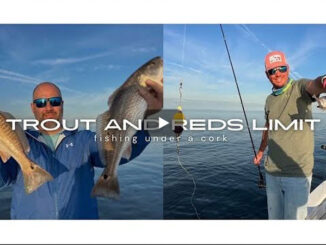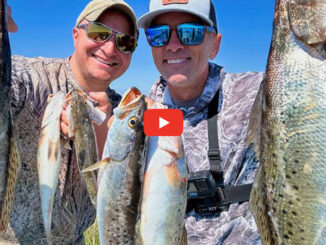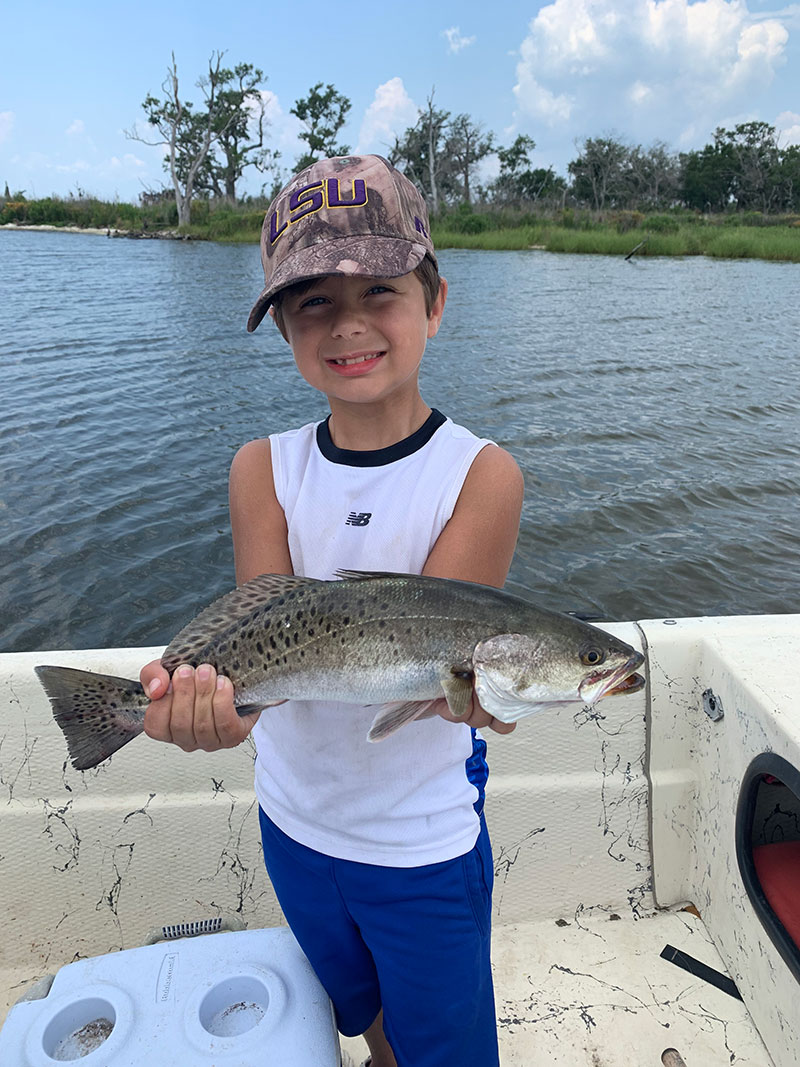
October brings back the fun of pleasant speckled trout fishing
It is time to celebrate!
We came through the hottest summer I have ever experienced in Louisiana resulting in our playground getting smashed by the longest period of water temperature beyond 90 degrees recorded in the online USGS water gauge archive.
That much heat held in the water is dangerous for fish, but surprisingly, we did not experience major fish kills due to low oxygen or algae blooms in 2023. In fact, the speckled trout fishing was reasonably good during the summer of 2023 whenever the west wind subsided.
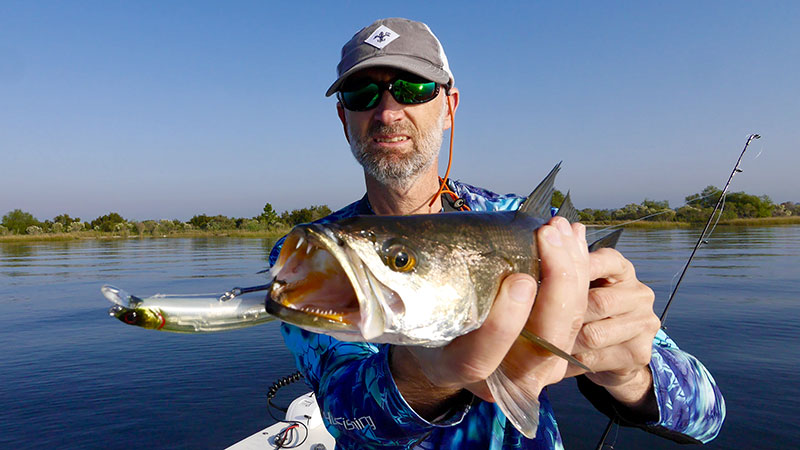
After having endured a stretch of high Mississippi River levels from 2016 to 2020 that negatively affected the speckled trout fishing, we saw river levels in the summer of 2023 that were 10 to 20 feet lower than other summers in the last decade. In fact, in 2023 the summer river levels were so low that they fell into a range we would expect to see in fall.
In the Mississippi River estuary, the river level is the most impactful variable, and that exceptionally low river resulted in higher salinity further inshore than in recent history. Unfortunately, that did not directly result in scores of large trout being caught inshore, because the high water temperature kept them in the Gulf. However, inshore areas with high salinity and cooler, deep water did hold some nice trout this past summer.
Looking at October
Now October has arrived and we are playing a hand that the summer dealt us. Fortunately, the hand we hold is a good one. The months of low river water set up a favorable inshore salinity gradient for larger speckled trout. And the plentiful summer growth of the shrimp, menhaden, and mullet populations will be sufficient to support those trout as they move inward in October.
We still have to deal with fairly high water temperatures at the start of October, but in most years water temperature falls from the low 80 degrees at the start of the month to the high 60 degrees by the end of the month. Anytime the water temperature is in the 70’s the trout are happy, and this October we can expect to find fat trout spread everywhere across the estuary from lake to marsh.
Finding the larger trout is always slow at the start of October, and I expect this year to be the same. We should see plenty of school trout feeding on white shrimp as witnessed by diving seagulls in lakes and bayous as the month begins. Then, as the month progresses we will begin to see the larger trout appearing along rock shorelines, gnarly structures, and in grass on the shorelines of Lake Pontchartrain.
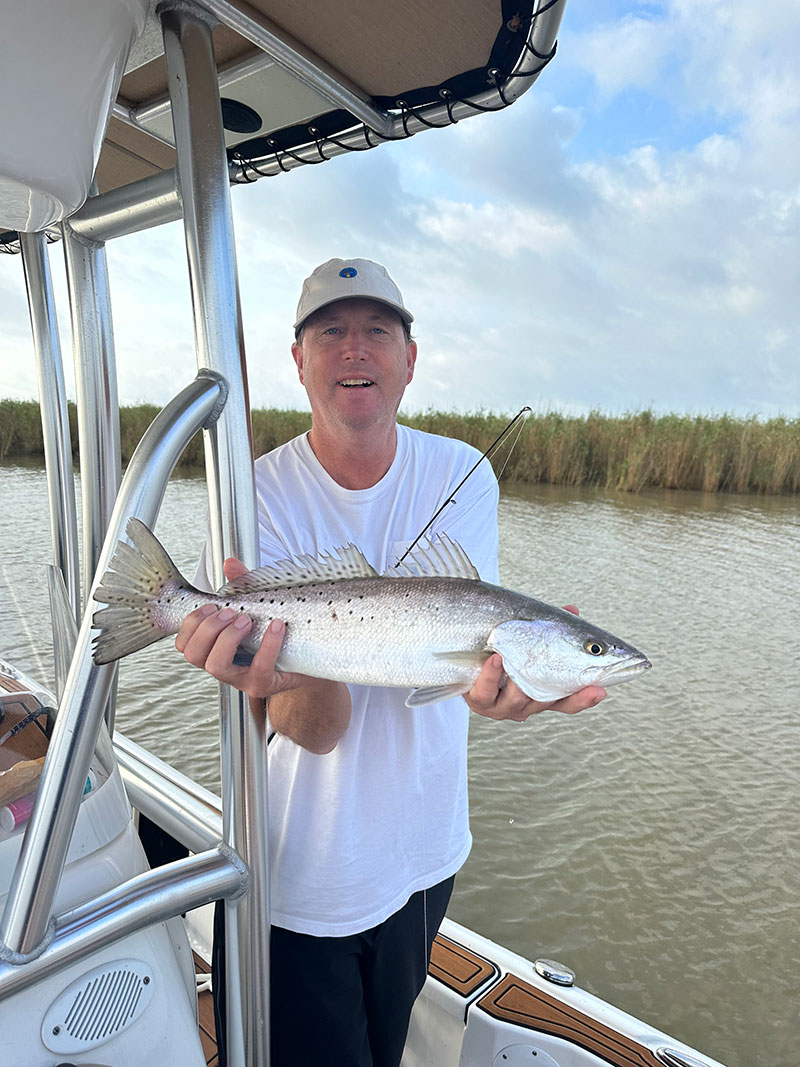
One persistent event I have observed over the last several years is trout ambushing white shrimp that are moving with falling tides through pinch points in bayous. Large white shrimp are still very active in October, and when conditions align you can catch trout on every cast at certain points in the marsh. There are several of these spots where I have found an annual October feeding frenzy, which does not reappear until the next year. The similarity of these spots is that they are narrow but they move significant volumes of water and connect larger areas of water together. The shrimp use them to ride the falling tide out to the Gulf and the trout use them to eat their way in from the Gulf.
Over the 31 days of October, we will catch trout across a wide swath of the estuary including iconic places such as Stump Lagoon, the shores of Lake Pontchartrain, Isle au Pitre , the MRGO dam, Lake Robin, the Rigolets, the bays around Port Fourchon, and more.
When fishing for trout that are so widely spread we need to stick to the standard principles of reasonably clean water and areas where tidal water move bait or habitats that attracts bait. More than ever it is important to hunt for the trout in October, because with our current depressed number of spawning sized speckled trout, there is not enough of these trout to fill all of the good spots.
I have been releasing nearly all the larger trout I catch since around 2017, because of the shockingly low numbers of 20-inch and larger trout I was seeing. This year, I have participated with the non-profit organization Release Over 20, because I see the value in a structured approach to releasing and recording the existence of these bigger fish. Release Over 20 gives you the opportunity to enter a picture and details of 20-inch and larger speckled trout, flounder, and sheepshead that you catch and release, and enters you into a monthly drawing for some awesome prizes. The larger trout are at the prime of their reproductive life being capable of producing 20 times more eggs in a season than a 12-inch trout, but in Louisiana they are only 6% of the total spawning biomass. Participating in the Release Over 20 program increases my excitement of catching bigger trout, helps the productivity of our speckled trout spawn, and has been a great way to meet other anglers from across the Gulf Coast and the East Coast.
Some experiences from October
I was looking for experiential data about trout fishing in early fall, so I reviewed my notes and rewatched all the trip videos from these months on my YouTube channel, Jon Miller Fishing. Despite my evolution in fishing and an instability of estuary conditions over the last six years, there were common themes to be found and a few surprising insights.
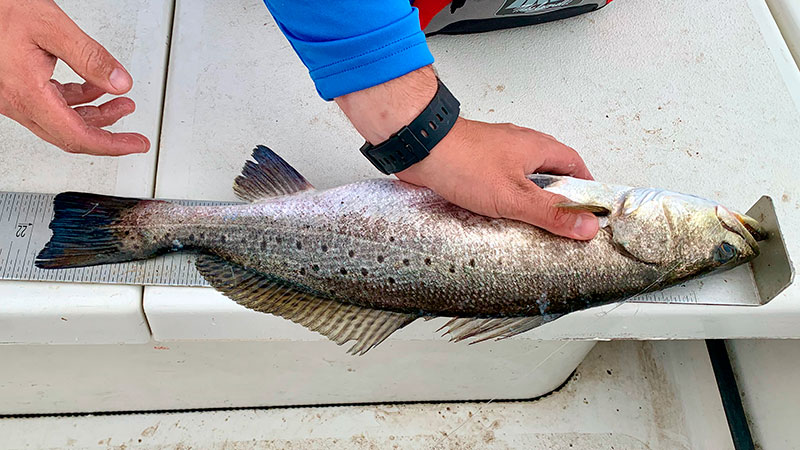
I was surprised how often I caught trout on topwater lures in October. That should not be a huge surprise because the trout are active and feeding in shallow water, but still I do not necessarily associate October with topwater fishing. Not surprising, I also caught a lot of trout on jerk baits from areas ranging from rocks, to submerged grass and marsh lakes. There was also plenty of cork fishing with plastics especially in early October.
I also concluded that I should use the drag adjustment more frequently when larger trout are hooked up and have a long handled net ready to quickly deploy. Both of these practices will help me keep bigger trout on the line and land them more securely and in better health. Since I release the larger trout, using a landing net on fish I intend to release is an obvious advantage.
It was also apparent that over the last six years there have been wide swings in water conditions. We dealt with three consecutive years of very high river levels, several damaging hurricanes, and this year we saw record high water temperatures and low river levels. That makes it difficult to establish strongly predictable patterns for inshore fishing over this period of time, but there is still a benefit in knowing the areas where trout were caught.
I caught speckled trout from a wide area of the Mississippi River estuary from barrier islands to lakes, sounds, and inside the marsh. My takeaway from that observation is that I have traveled far and wide in early fall to catch speckled trout. I will choose to see that traveling as intriguing exploration and not let it be a frustration.
